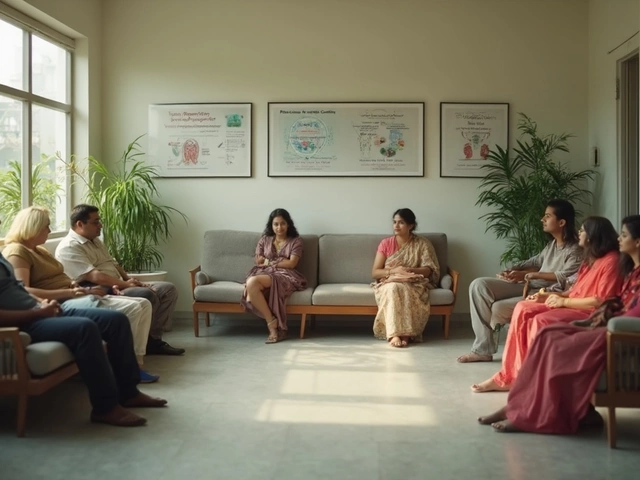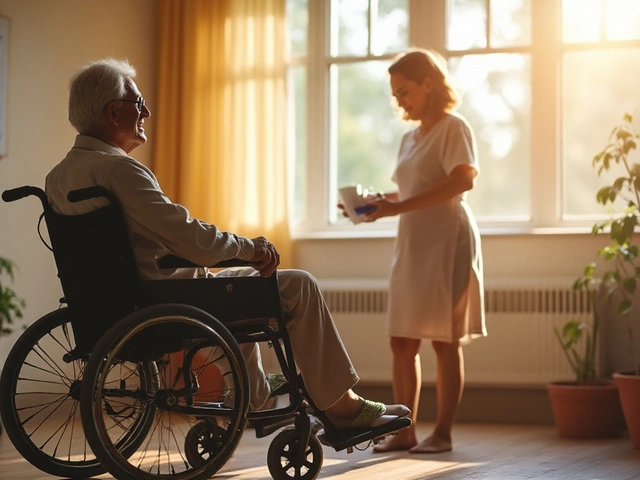Pancreatic Cancer: What You Need to Know
If you’ve heard the term “pancreatic cancer” and felt a knot in your stomach, you’re not alone. It’s one of the toughest cancers to spot early, and many people don’t know the warning signs until it’s advanced. This page gives you the basics, points out symptoms you can watch for, and links to the most helpful articles on our site.
Common Signs and Symptoms
Pancreatic cancer often hides behind everyday aches. A new, dull pain in the upper belly that spreads to the back is a red flag. If you notice unwanted weight loss, loss of appetite, or a yellow tint to your skin and eyes, those are also clues.
Changes in stool can matter too. Light‑colored, greasy stools or frequent diarrhea may mean the pancreas isn’t working right. Diabetes that shows up suddenly in an older adult can be linked to a tumor.
Most of these signs can appear in other conditions, which is why getting a doctor’s opinion early makes a big difference. Our article Deadliest Types of Cancer: What Makes Some Cancers So Devastating? breaks down why pancreatic cancer ranks so high on the danger list.
Treatment Options and Managing Pain
When it’s caught early, surgery to remove part of the pancreas can be curative. Unfortunately, most cases are found later, so doctors turn to chemotherapy, radiation, or newer targeted drugs.
One thing many patients forget is pain management. Pancreatic cancer can cause severe abdominal discomfort, and the treatments themselves can add more pain. Our piece Most Painful Cancer Treatments: What Hurts the Most and Why explains which therapies tend to be the toughest on the body and offers tips on coping.
If you’re in the later stages, the focus shifts to quality of life. Our guide The Last 6 Months of Cancer: What to Expect, Symptoms, and Care Tips walks you through what to expect physically and emotionally, and how to get the right support.
Beyond medication, simple lifestyle changes help. Eating smaller, low‑fat meals can ease digestion. Staying active, even short walks, keeps the muscles from weakening. Hydration and a balanced diet support the body while it fights the disease.
Support groups are another hidden gem. Talking to others who understand what you’re going through can lift the mood and give practical advice you won’t find in a textbook.
Remember, every case is different. Talk to your oncologist about clinical trials – newer treatments are always being tested, and you might qualify for something that improves outcomes.
We keep updating our articles with the latest research, so bookmark this page and check back for fresh insights. If you need a quick read on how to spot the early signs, start with the “Common Signs and Symptoms” section above. For deeper dives into treatment side‑effects, the pain‑management article is the place to go.
Staying informed is the first step toward taking control. Use the resources on this site to ask the right questions at your next doctor’s visit, and don’t ignore any new or worsening symptoms. Pancreatic cancer is serious, but with the right knowledge and support, you can face it with confidence.

What cancer is hardest to survive? The deadliest types and why
Pancreatic cancer, glioblastoma, and lung cancer have the lowest survival rates due to late detection and resistance to treatment. Learn why these cancers are so deadly and what’s being done to change the odds.
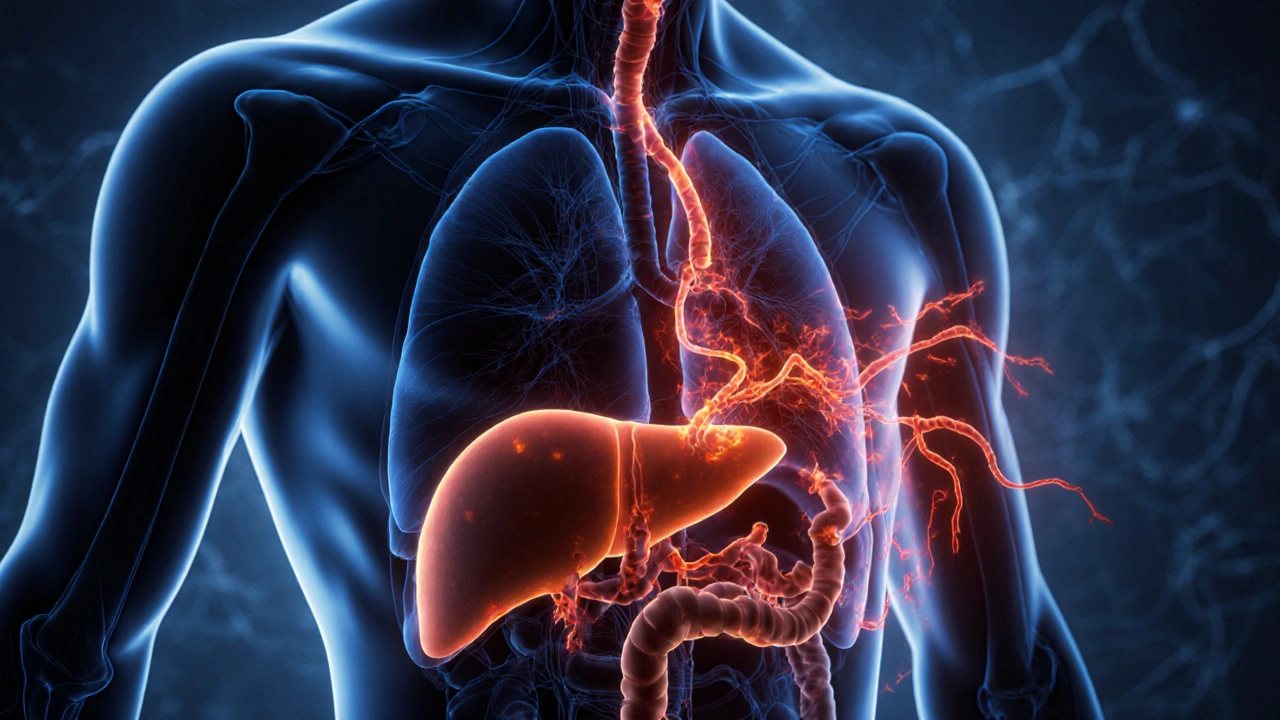
Which Cancer Spreads the Fastest? Fastest-Metastasizing Cancers Explained
Pancreatic, liver, and lung cancers spread the fastest, often before symptoms appear. Learn which cancers are most aggressive, why they spread so quickly, and what you can do to catch them early.

Which Cancers Are Not Curable? Understanding Cancer Prognosis and Survival
Wondering if any cancer is truly incurable? This article breaks down which cancers are hardest to beat, why some resist treatment, and what hope really looks like.

Fastest Killing Cancer: Types, Symptoms, and Urgent Facts
Curious about which cancer kills the fastest? Learn why pancreatic cancer tops the list, the symptoms to watch for, and what you can do if you spot early warning signs.

Most Feared Cancer: What Makes Pancreatic Cancer So Deadly?
Pancreatic cancer stands out as the most feared cancer because of its aggressive nature and poor survival rates. This article explores why it strikes so much fear, what makes it especially deadly, and the challenges of diagnosing it early. Readers will get facts, symptom tips, and realistic advice about coping with risks and treatment options. By the end, you'll know what sets pancreatic cancer apart and how to watch for warning signs.
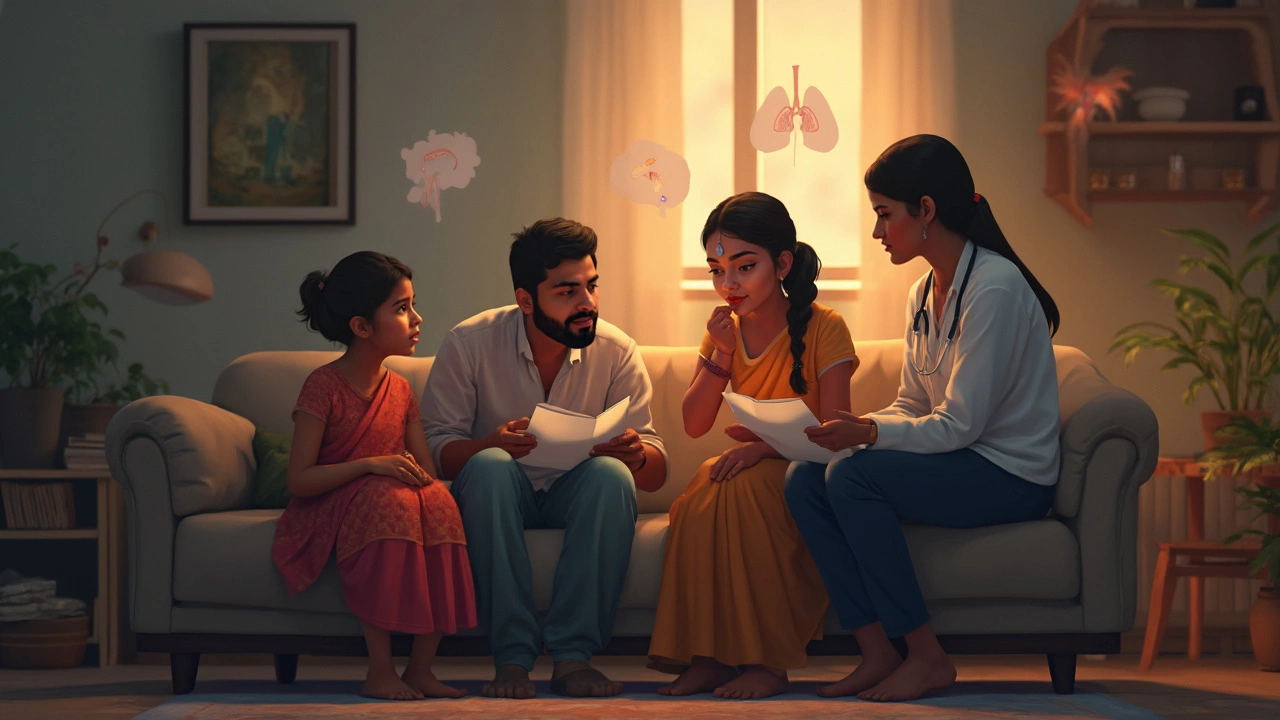
Which Cancer Has the Lowest Survival Rate? A Deep Dive into the Harsh Realities
This article breaks down which cancers come with the lowest survival rates and why. It looks closely at factors that make some cancers tougher to beat, like detection timing and how they spread. You'll get key facts, real-world tips, and practical advice on spotting risks. The goal is to make sense of survival statistics and help readers understand where medicine stands in 2025. Stay informed to know the challenges—and the hope—in cancer treatment.
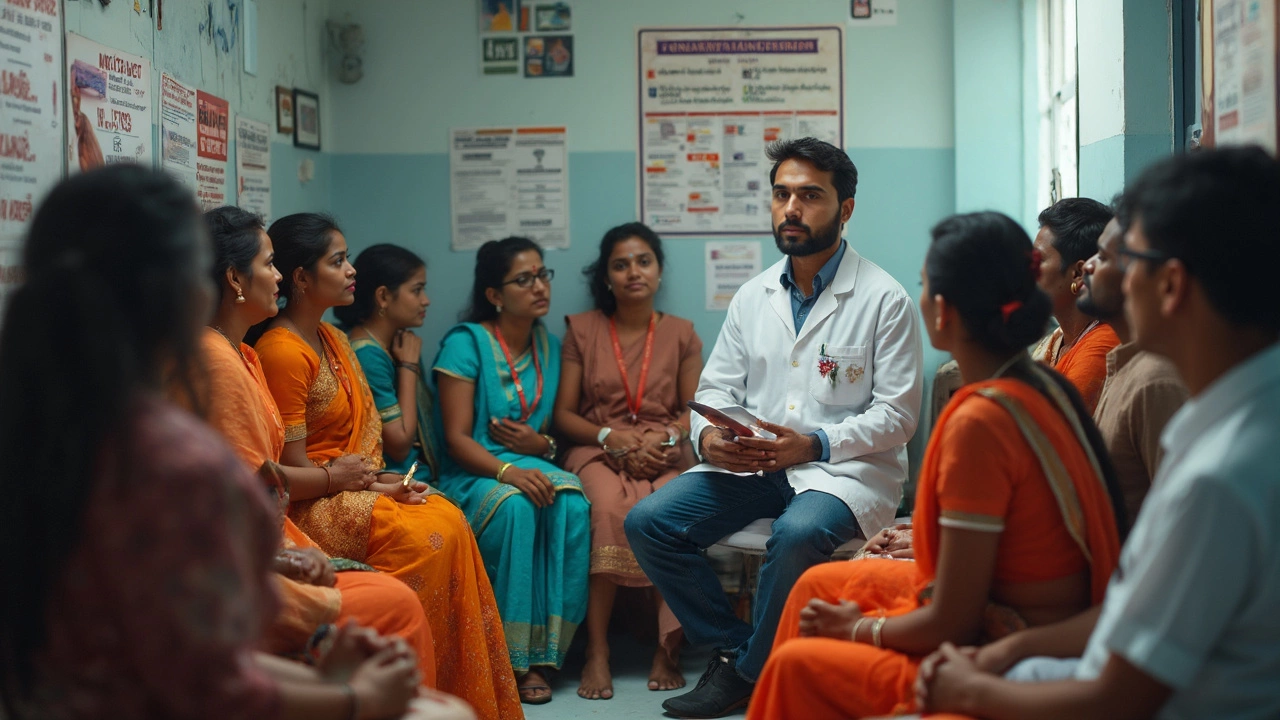
Deadliest Cancers: The Top Three You Need to Know About
This article breaks down the three deadliest cancers, spotlighting how they kill, why they're so hard to treat, and what warning signs to watch for. You'll learn why certain cancers are more dangerous than others and what the survival rates look like these days. Get tips on early detection, treatment options, and simple changes that can reduce your risk. It's real talk about cancer—straight to the point, easy to understand, and focused on the facts that matter.

What is the Hardest Cancer to Cure? Unpacking the Realities of Cancer Treatment
Some cancers are stubborn, fighting back against every attempt to treat them. This article breaks down which cancer is the hardest to cure and why, using real-world facts and the latest treatment details. Get to know what makes these cancers so aggressive. Learn what scientists and doctors are doing right now to try and beat them. Discover crucial tips to support those dealing with a tough diagnosis.

How to Choose an Online Pharmacy: A Practical Guide
Jun, 10 2025
